Elementary Program Ages 6 – 12 (Grades 1 – 6)
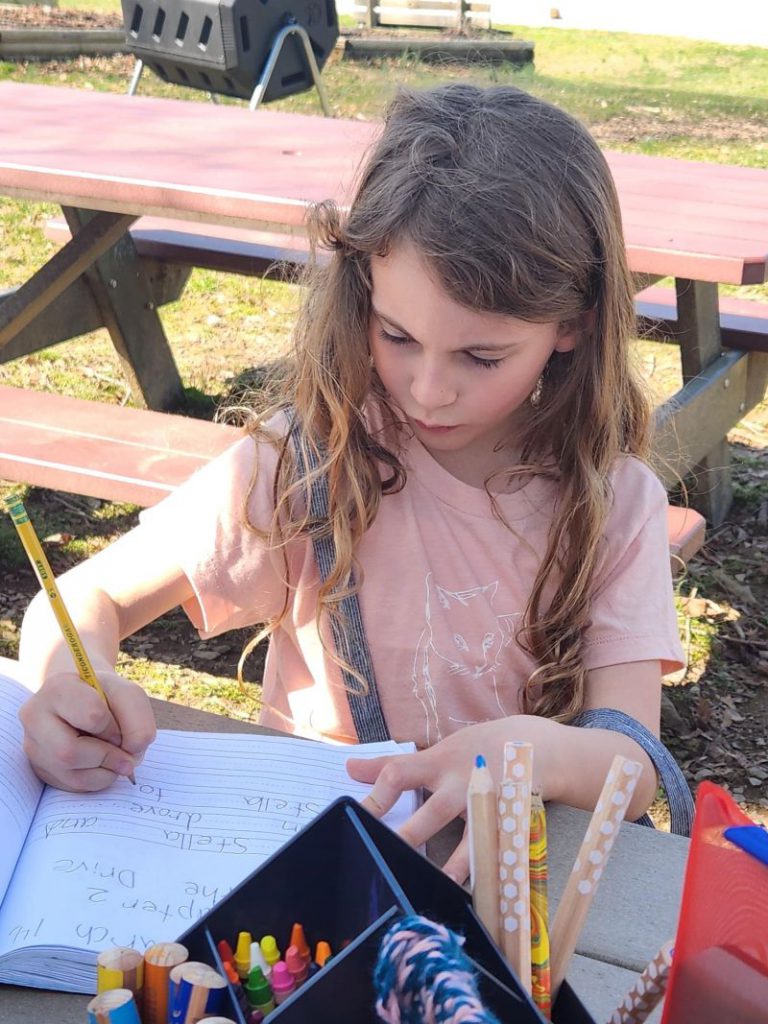
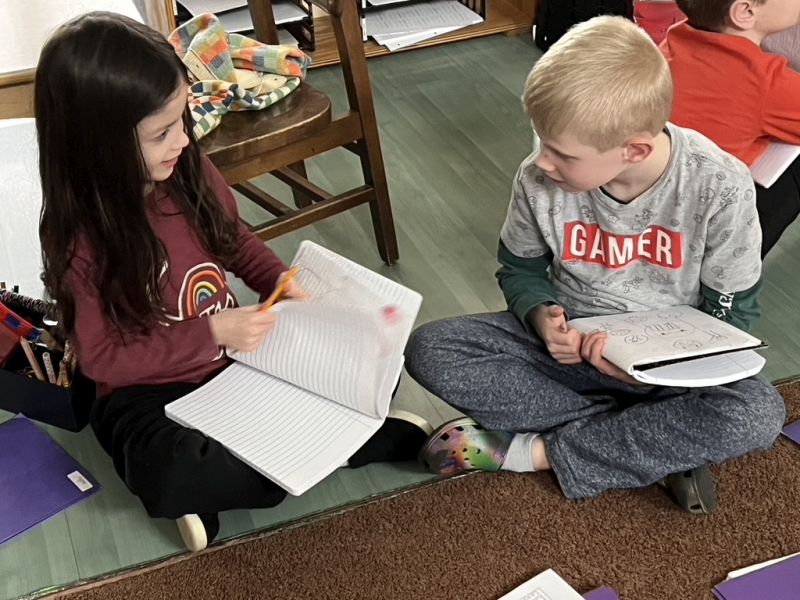
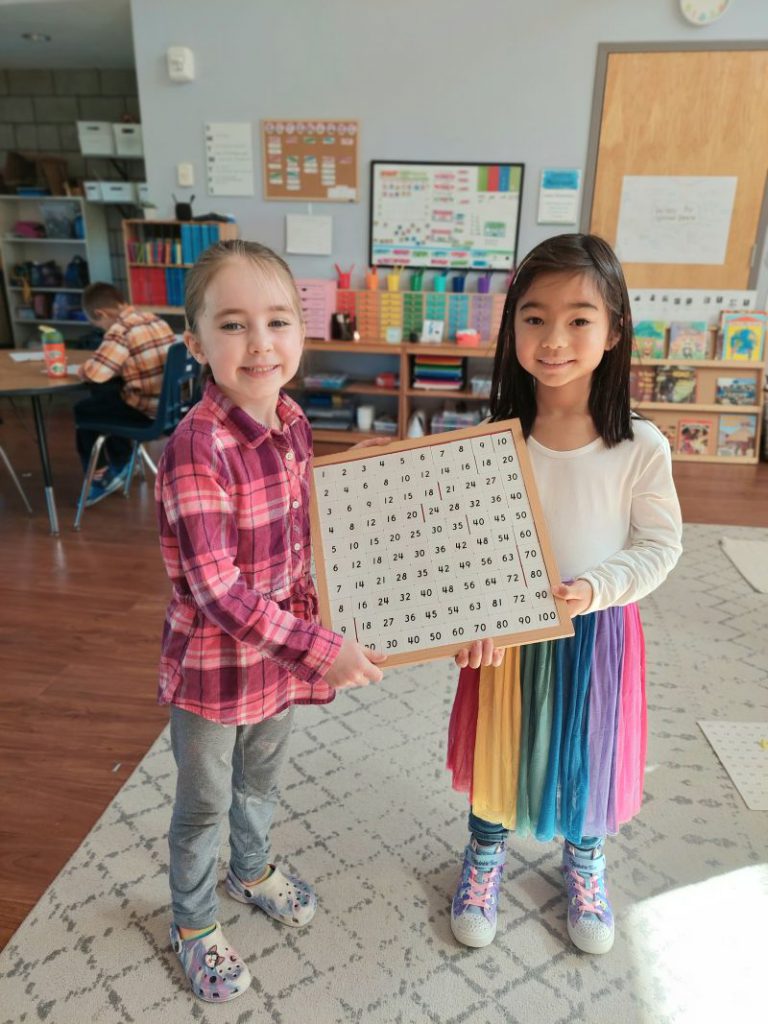
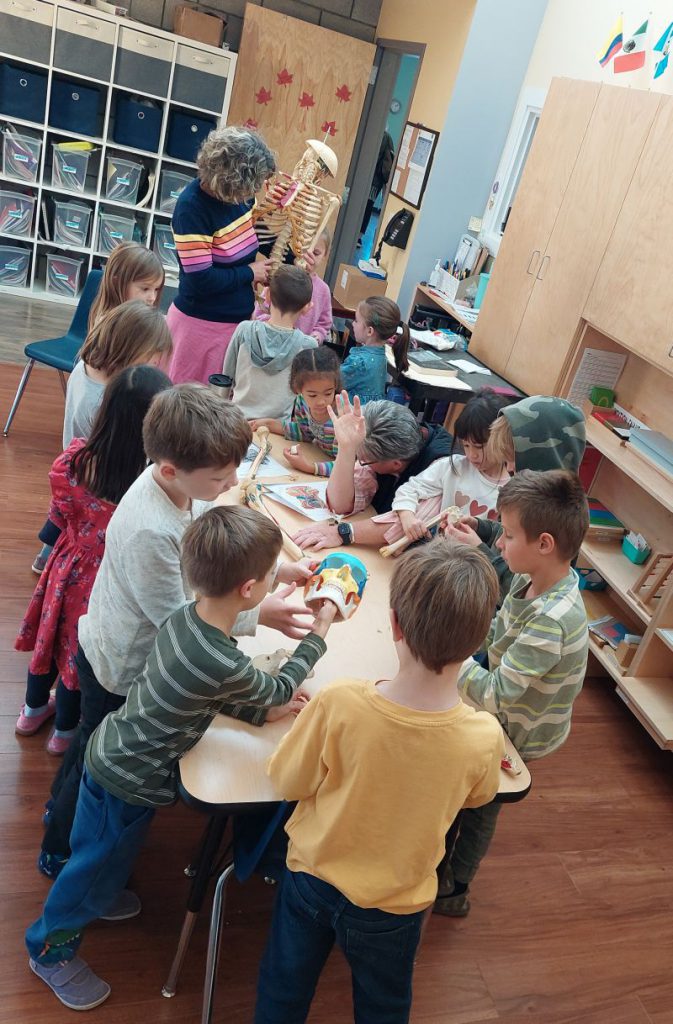
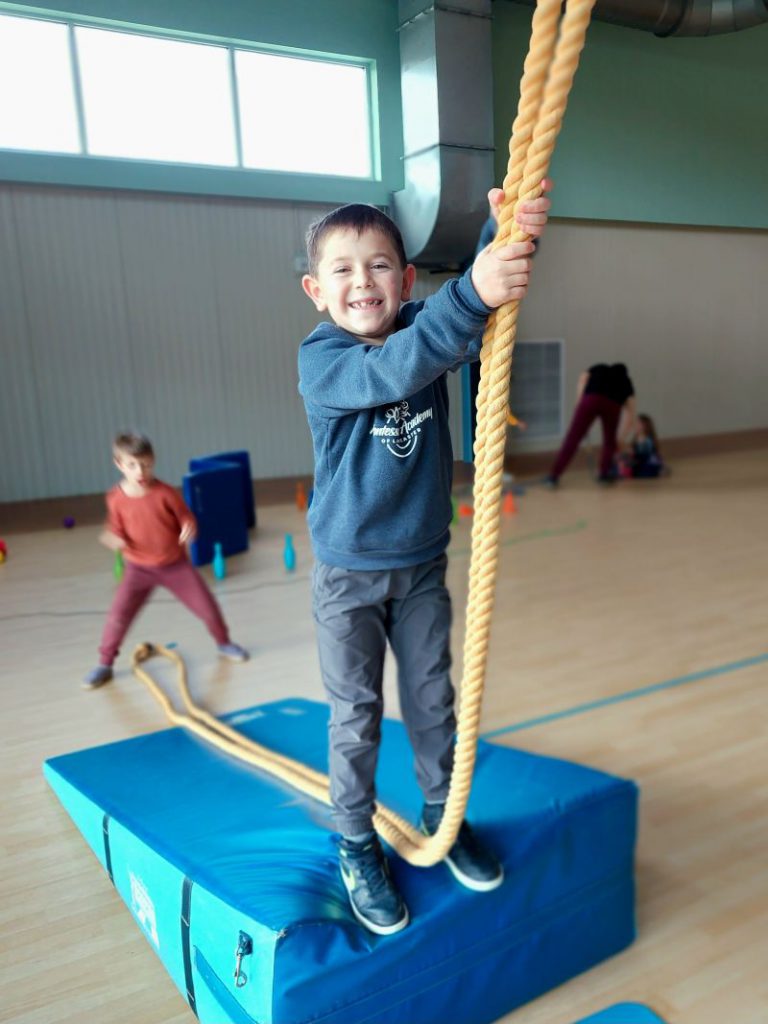
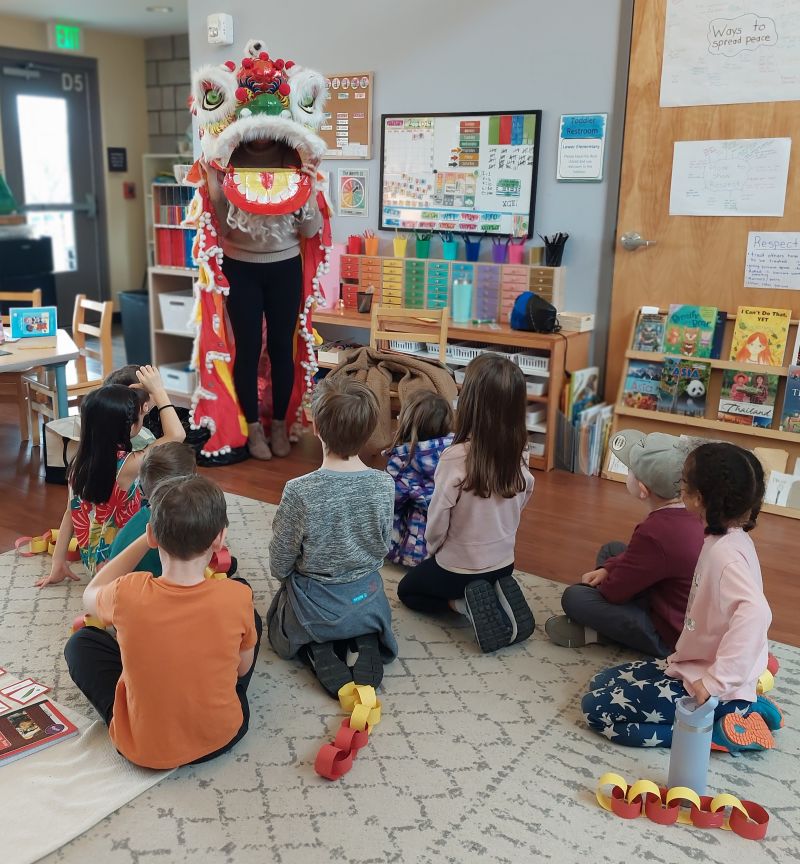

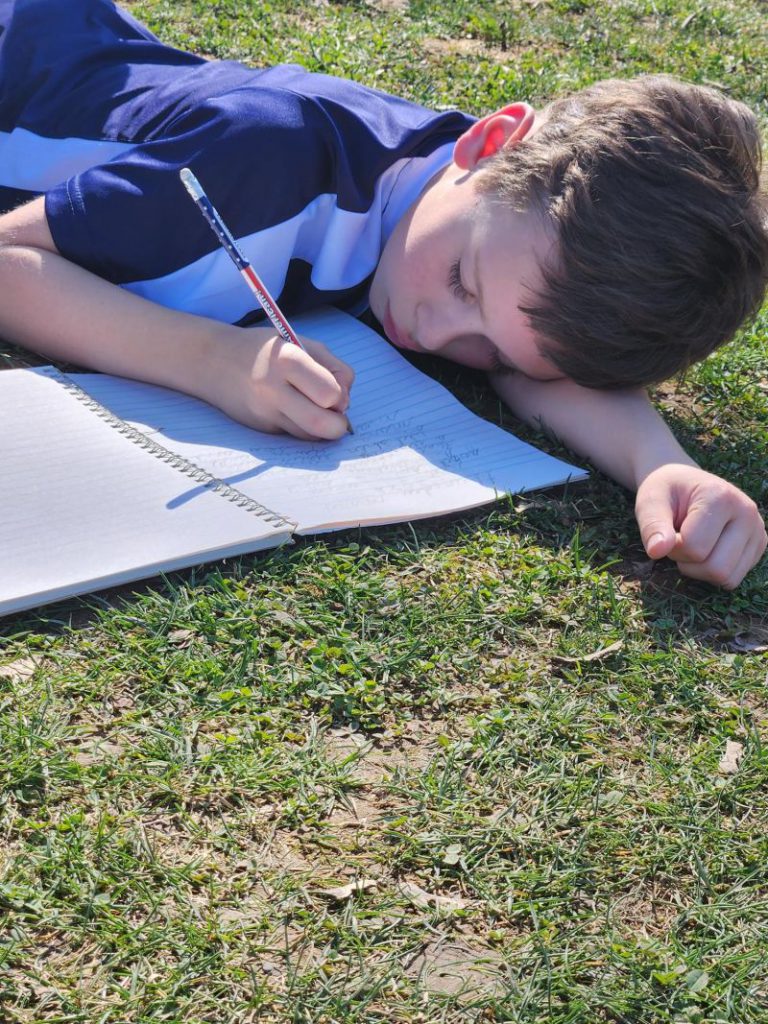
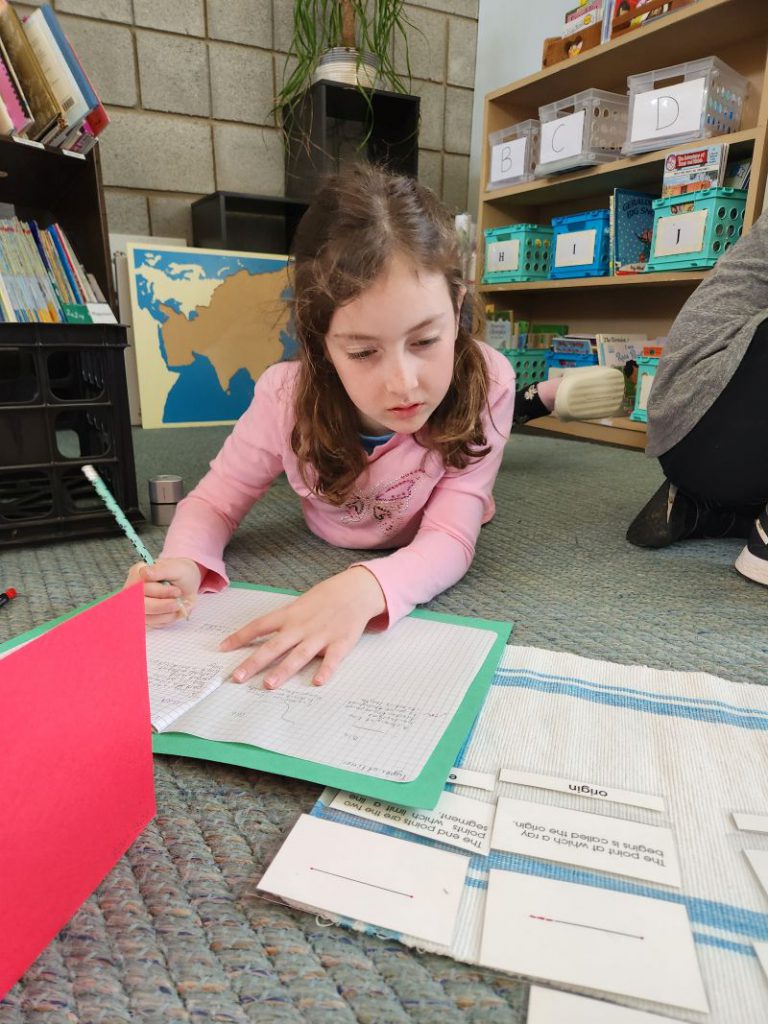
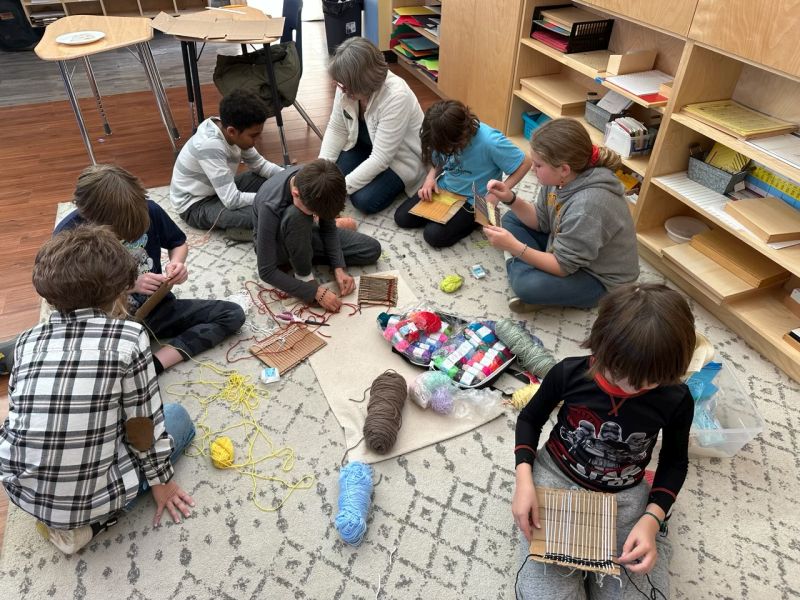
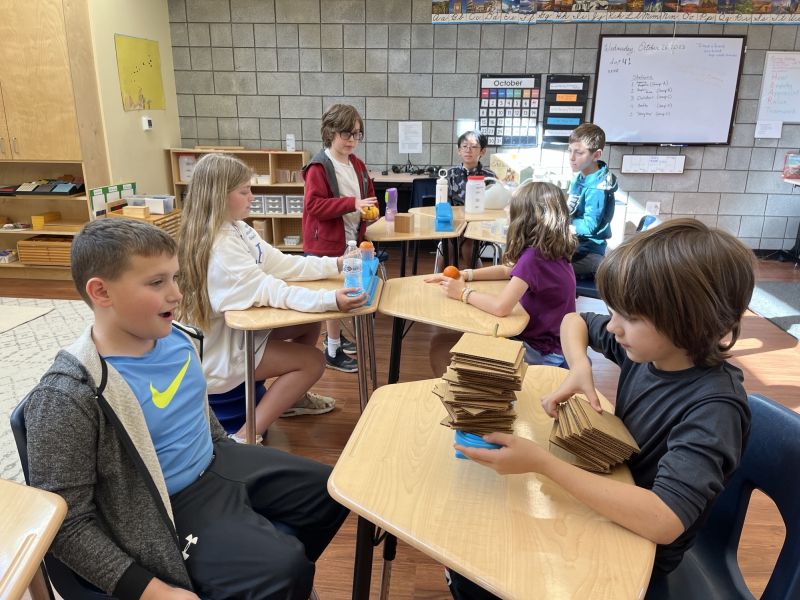
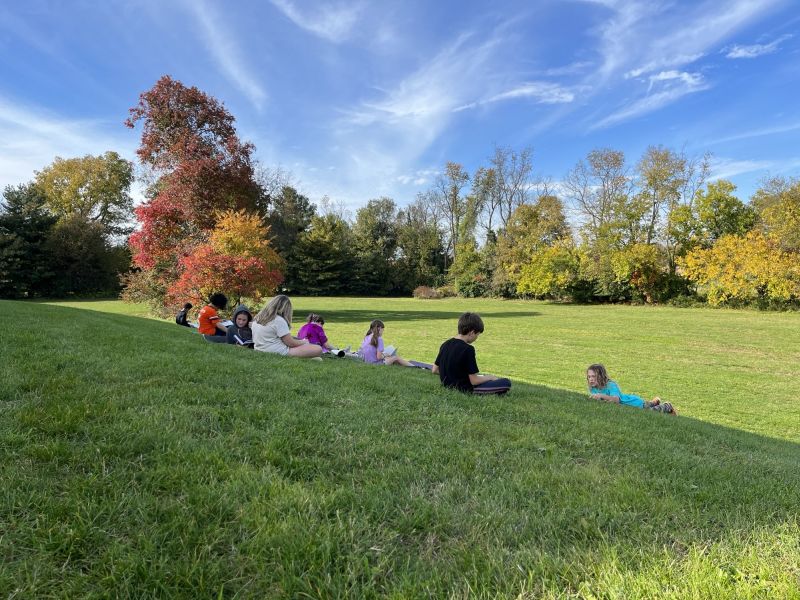
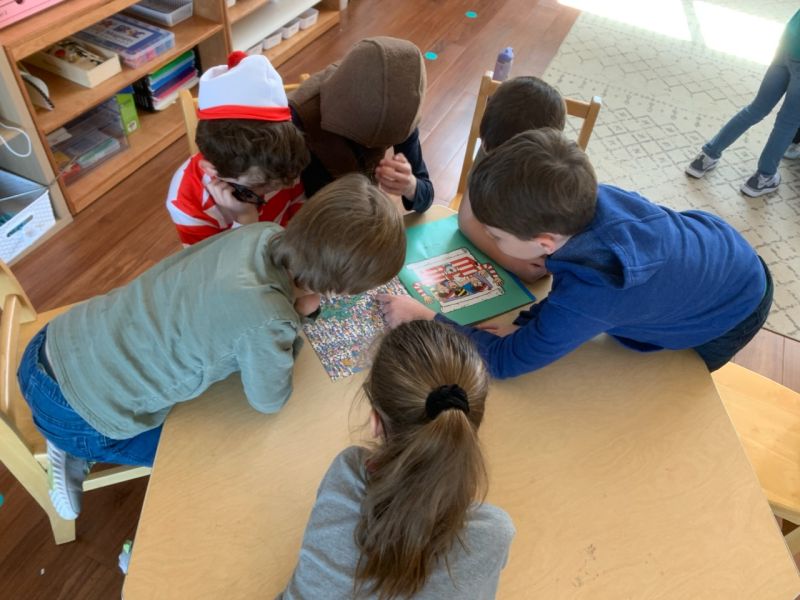
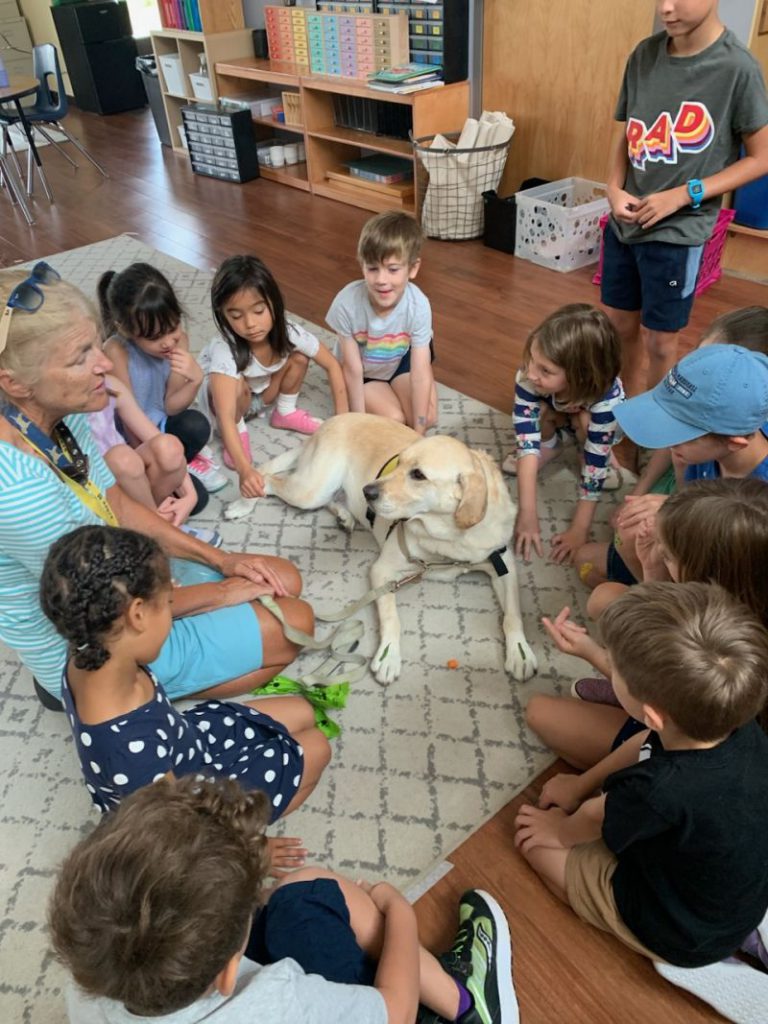
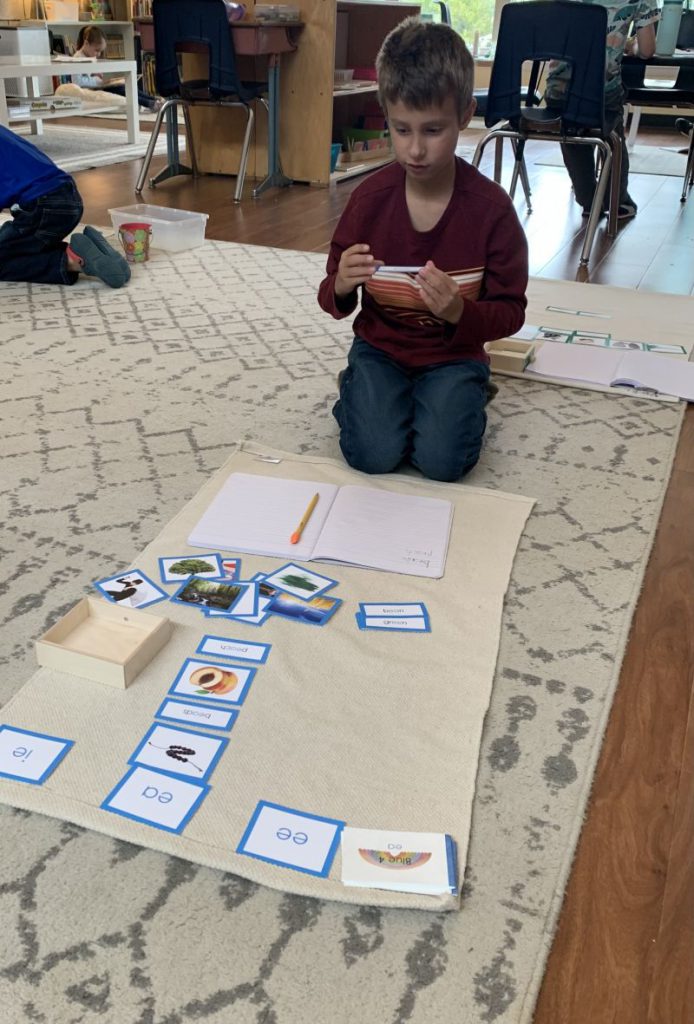
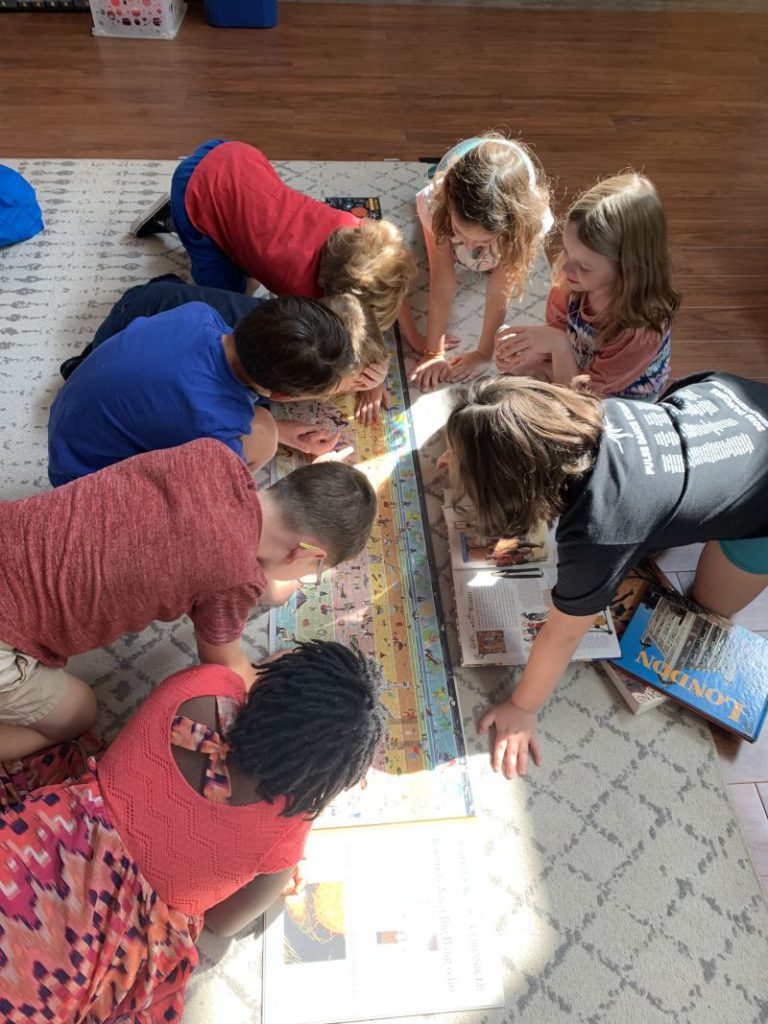
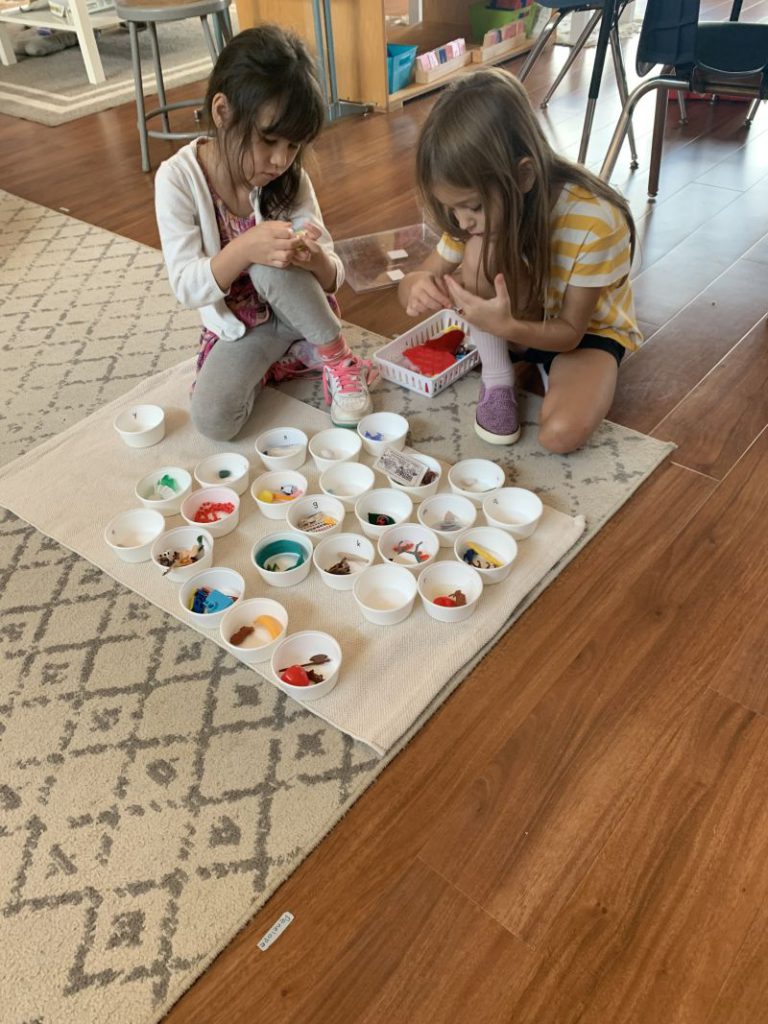

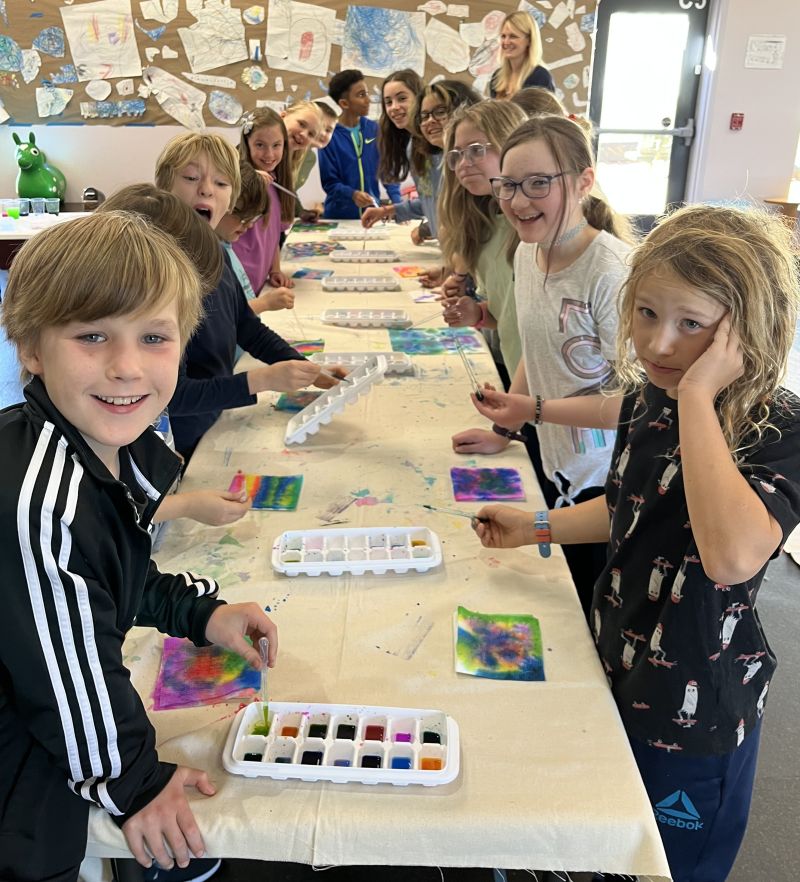
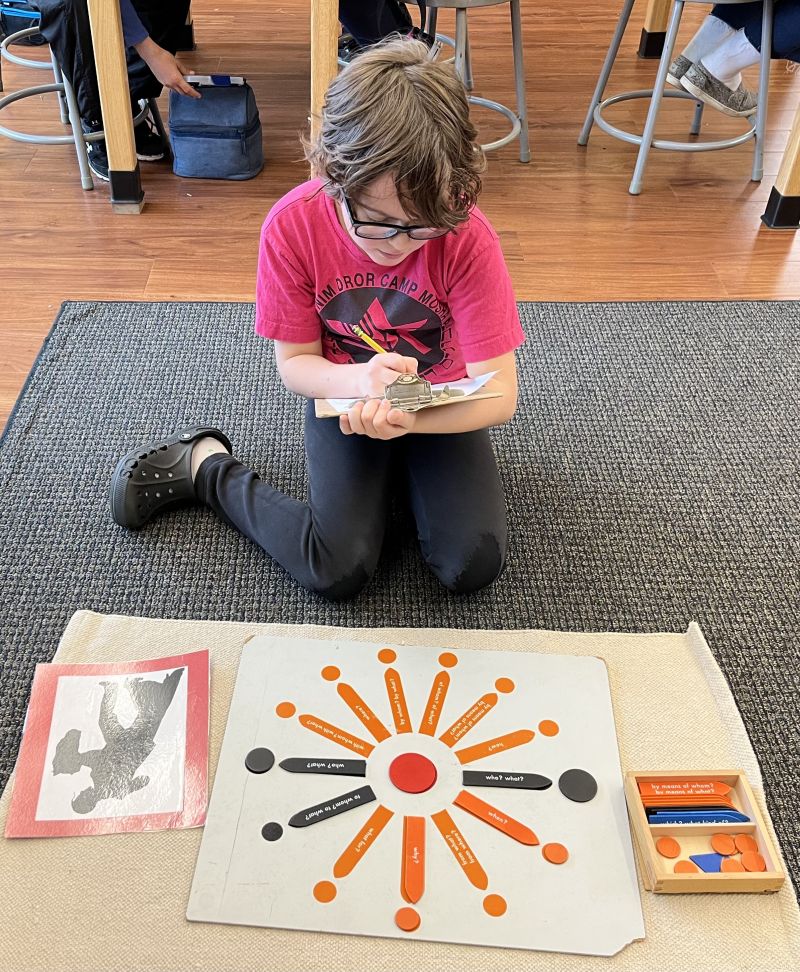
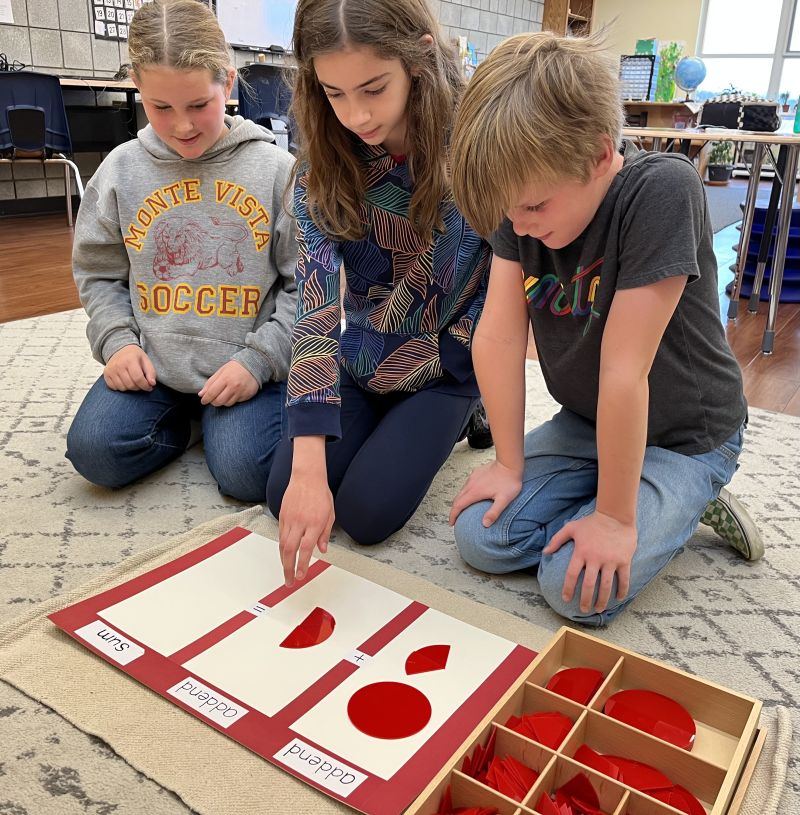
Multi-age groupings are essential for a Montessori program, creating a sense of family, making competitive attitudes irrelevant, and guaranteeing the individualization of the curriculum for each child. Elementary I classrooms serve children ages 6 to 9 and Elementary II classrooms serve the age range 9 to 12, while some elementary classes group the full age range from 6 to 12. Optimally, one third of the group changes each year as the oldest children move on and a new group enters. When children stay in the same environment for a three-year cycle, the bonds and understanding between child and teacher are significantly strengthened and the children’s sense of security gives them confidence and supports the development of leadership skills, as they take part in organizing community meetings and events, and make group decisions regarding classroom expectations and rules. The older children are role models and mentors for the younger ones.
The classroom environment is the work center and home base for the explorations of the children. A large carpeted open area allows for spreading out large-scale materials on the floor, as well as for whole group meetings. Furnishings in the surrounding space include large and small tables and varied seating options, from desk chairs to sofas. Classic Montessori materials and supplemental resources are displayed for visibility and easy access on open shelving and specialized storage racks, carefully organized by content area and sequence of lessons. Curriculum implementation also requires access to facilities for food preparation, lab experiments and workshop activities, as well as storage for cleaning equipment, personal possessions and work in progress. Indoor plants and small animal habitats and an “outside classroom” provide resources for exploring plant and animal life and cultivating gardens. The environment is attractive, orderly, clean and well-maintained, a demonstration of respect for the people who use it.
Great stories told by the teacher about the origins of the world, the evolution of life, and the history of human endeavor are the springboard for the entire elementary curriculum. This is a spiral-sequential curriculum as children hear the stories repeated each year and build on the knowledge they have internalized, delving deeper into the details, and seeing the connections more clearly. The wonder, appreciation and respect for nature and humanity that is inspired by the stories also contributes to the growth of personality and moral character that is intrinsic to the goals of the program. In all areas, the children progress through the three-year curriculum at their own pace with teacher guidance, support and oversight.
Five great stories are presented annually early in the Elementary I classroom:
- The Origins of the Earth (Physics, Chemistry, Geology, Geography)
- The Coming of Life (Evolution and Biology)
- The Coming of Human Beings (Human Evolution. History. Fundamental Needs of Peoples, Creativity)
- The Invention of Writing (Communication)
- The Invention of Numbers (Mathematics)
The stories are illustrated by charts, scaled timelines, and science demonstrations and artifacts, which are explored by the children throughout the year. The content of the subject areas that are introduced with the stories is further developed in lesson sequences using specific materials, and children have opportunities to select the topics they wish to investigate in greater depth. This follow-up work requires extensive reading and writing, culminating in reports that are presented to the whole class. At the Elementary II level, the focus shifts to the activities and accomplishments of people around the world, with studies of early civilizations, explorations, migrations, economics, and more advanced science.
Competence in daily life and work involves social awareness and a variety of skills and habits that are modeled and practiced in the elementary classroom on a daily basis. Lessons and activities address health, safety and hygiene, grace and courtesy, cleaning and maintenance of the environment, food preparation, uses of technology and media, and nurture of plants and animals. Organization and good study habits are developed with clear expectations and tools such as work plans, daily agendas and calendar deadlines. Ground-rules ensure that the needs of individuals and the group are respected, and the children participate in delineating and enforcing the rules. Regular class meetings provide a forum for discussion, respectful expression of concerns and attempts at resolution.
Exploration of the world beyond home and school is an essential element of the elementary program. Valuable real-world experiences foster independence, self-reliance and cooperation, encompassing activities and observations in natural environments such as nature hikes, orienteering and camping, and activities in the community, such as volunteering, visiting museums and factories, and interacting with adults in their workplaces. These experiences are directly linked to curriculum content, and whenever possible, the children take a role in organizing the outside visits.
Most children enter the elementary classroom at the age of six years with basic writing and reading skills. The Montessori Elementary teacher is prepared to support each child’s level of readiness by starting with lessons at the skill level of the individual. With increasing competence, children will read and write extensively throughout the day, as they immerse themselves in curriculum studies and prepare oral and written presentations of their work. Specific language lessons and exercises strengthen vocabulary and spelling, clarify grammar and syntax, and practice comprehension and expression. A school library offers carefully selected fiction and non-fiction, to engage children in reading for both pleasure and information, while participation in regular group discussions develops the capacity to analyze, critique and express personal opinions and perspectives.
Mathematical concepts are introduced one step at a time, using manipulative materials to promote a solid grasp of number relationships and operations before introducing written notation. At the elementary level, arithmetical operations are conducted with large numbers – up to one million – using materials that are increasingly abstract. The curriculum includes memorization of basic number facts, fractions, decimals, multiples, factors and divisibility, squares and square roots, binomials, trinomials, decanomials, prime numbers and negative numbers. Additional topics introduce ratios and percentages, algebraic equations, measurement, probability and estimation, statistics and graphs.
Beginning with visual recognition of plane figures and solids, this curriculum explores the concepts of point, line and plane, the properties of triangles and quadrilaterals, congruent, equivalent and similar figures, perimeter, area, volume, and the theorem of Pythagoras.
A variety of tools, media and techniques are demonstrated and used by the children for self-expression, for illustration of curriculum projects, and for construction and experimentation. Appreciation for art and music is encouraged by group discussions of prints of famous paintings and music recordings, while involvement in music is also supported with the tone bar material and opportunities for singing, playing instruments and lessons in notation.
An uninterrupted work period is key to ensuring that children have the time to settle into their tasks without being interrupted unnecessarily. The varied activities of the children demand focus, attention and concentration, so a daily time block of two to three hours is scheduled to protect the work flow. During this time the teacher observes, consults, and gives individual and small group lessons. The children work individually or collaboratively at their own pace. Classroom ground rules set specific limits, while encouraging autonomy. Freedom of choice, movement, and repetition are fostered throughout the child’s day, while freedom is balanced with responsibility. Whole group activities such as class meetings, ‘specials” and meals are scheduled outside the uninterrupted work period.
Montessori teachers have completed a highly specialized course of training for the age level of the classroom and are viewed as guides and facilitators of learning. The teacher designs and prepares the learning environment, entices interest in curriculum topics and gives clear lessons on the uses of the materials. Most lessons are presented to small groups while the other children in the classroom are working independently. Each child makes work choices based on an individualized weekly or monthly work plan that has been created in consultation with the teacher. The older children have significant responsibility for managing their workload and are held to expectations for timely completion.
The curriculum in each area is precisely sequenced, and the teacher keeps observation records of the interests and skill level of each child, which are regularly referenced to decide when to introduce the next activity. The number of lessons each child receives each week and the sub-groupings for lessons vary accordingly. The teacher supervises the class with a gentle, consistent demeanor, presenting a model of peace and kindness, grace and courtesy, respect and caring, while taking care to maintain a neutral, non-judgmental stance in interactions with the children, by avoiding any indication of competitive comparisons.
Montessori elementary teachers sometimes work in a teaching team with one or more additional Montessori-credentialed teachers. The resulting opportunities for collegial discourse and shared responsibilities benefit the children as well as the teachers. Schools may also employ classroom assistants as teacher aides.
Most schools employ classroom assistants who provide support to both teacher and children. The assistant is often trained on the job, though some assistants may have attended training courses or workshops. Sometimes, this position is filled by an intern who is enrolled in a Montessori teacher education program.
Observation and note-taking of the child’s activities and behavior are a part of the teacher’s daily work. The teacher maintains a comprehensive checklist to track each child’s lessons and follow-up activities, and keeps work samples and notes on behaviors and interactions. These records document the progress and behaviors of each child in every area of the curriculum, and provide the basis for planning, instruction, and assessment. These records also supply a useful data source in regards to the child’s development. In addition, public schools and some private schools implement standardized testing according to local expectations or requirements.